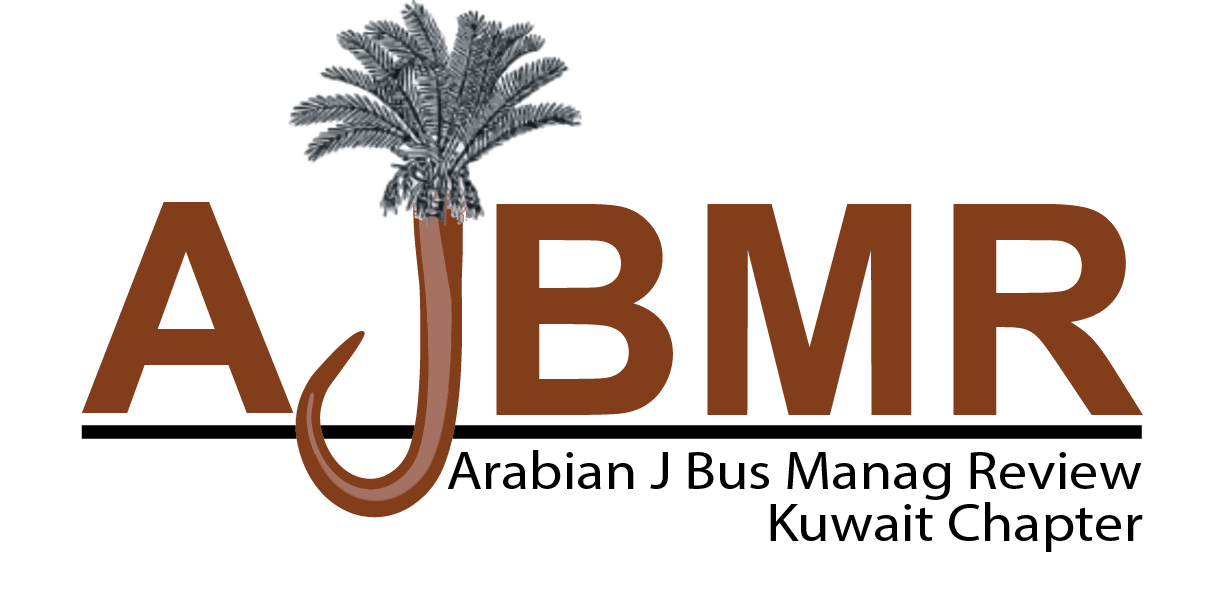INTRODUCTION ASSESSING THE QUALITY OF SERVICE AT A UoT: THE CASE OF DUT
Keywords:
Higher education, SERVQUAL, service quality, student satisfactionAbstract
The quality of service in all industries, due to its unique and complex characteristics involving intangibility, has gained importance for over a decade. Customer / student satisfaction and service quality are essential concepts that industries and higher education institutions must consider to remain competitive, sustainable and relevant. Consequentially, ensuring a high level of service quality is advantageous to an institution thus emanating in student satisfaction, profitability, loyalty and retention. Despite this phenomenon not being a new concept in higher education, greater emphasis is highlighted upon academic quality and student satisfaction as opposed to the administrative sector, where service quality and student satisfaction is not being impressed upon adequately enough. The primary objective, therefore, of this empirical study is to assess the quality of service as regards the administrative support provided to students using the SERVQUAL model. The data in use were gathered from B-Tech fulltime and part-time students registered in one faculty at a recognized UoT in KZN. This study adopted the quantitative data collection method. The research instrument was an adapted SERVQUAL questionnaire designed and distributed to the selected respondents by means of a purposive sampling technique. The large number of gaps evident indicate a considerable discrepancy between the expectations and perceptions of the respondents across all dimensions with Responsiveness showing the biggest gap score of (-0.9) and Tangibles being the lowest (-06.). The results have shown that students’ perception of service quality is poor and that the service falls below their expectations. This study provided results that showed for every dimension measured, the expectations exceeded the perceptions thereby resulting in student dissatisfaction. Further observation of the perceptions reveal that none of the dimensions contributed to service quality as they all fell below expectations.
Downloads
Published
How to Cite
Issue
Section
License
Copyright (c) 2022 Peggy Naidu, Prof Mohamed Sayeed Bayat

This work is licensed under a Creative Commons Attribution 4.0 International License.






